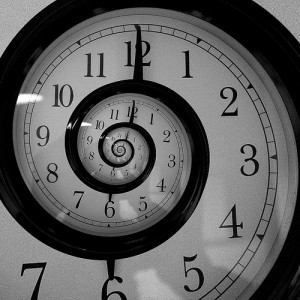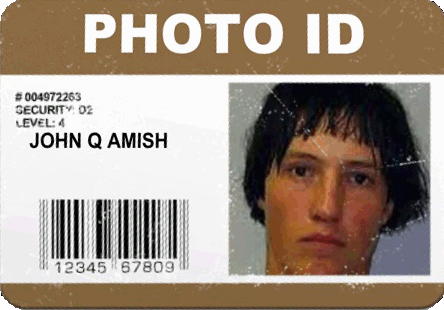Catch-22
 A logical paradox intended to manifest futility or noncompliance: if there exists a rule, no matter what the rule is, there will be an exception to it.
A logical paradox intended to manifest futility or noncompliance: if there exists a rule, no matter what the rule is, there will be an exception to it.
Whereas an individual needs remedy that can only be acquired by some action, an opposing action has been defined to nullify the effect of the individual's action. The fulfillment of the individual's need becomes illogical or physically impossible. Thus, there is no remedy.
Catch-22s usually refers to rules, regulations, procedures, or situations in which one is intended to become subject to an act of futility if he attempts to implement or challenge the rule, regulation, etc.
{slide=Archetypal Example:} Catch-22, as formulated by its author, Heller, involves the case of an Army Air Force bombardier who desires to be grounded from combat. First he must be evaluated by the squadron's flight surgeon and found "unfit", a moniker for any pilot willing to volunteer for dangerous missions and likely death. However, a request for evaluation is considered proof that the pilot is sane, thus it's impossible to be declared "unfit." The "Catch-22" is that "anyone who wants to get out of combat duty isn't really crazy." Therefore, pilots that request a mental fitness evaluation are sane and must fly in combat. At the same time, if an evaluation is not requested by the pilot, he will never receive one and thus can never be found insane, meaning he must also fly in combat.{/slides}
A Catch-22 will have caveats and exceptions that inadvertently exclude a class of individuals that seeks the same inclusion given a similar class:
{slide=Practical Example:}

Catch-22 Amish Style
This hypothetical example describes a man raised in the Amish understanding of the Bible, but no longer living in their community. He chooses to live by what he has accepted as Biblical truth, but is not currently a member of any particular religious association, though he considers himself a Christian. His individual religious belief - not to have photos taken - is protected by the U.S. Constitution, and it is not unlike that of a significant centralized belief system. His situation involves applying for tokens to utilize Public Transit to and from work. He does not have the photo ID required by the State to support a Homeland Security directive which prevents untraceable individuals from using public transportation.
Law:
- The U.S. Constitution guarantees protection for individual religious objection.
- One must apply for a privilege or exemption in order to claim discrimination, if not granted.
Rules:
 To access Public Transit one must use tokens.
To access Public Transit one must use tokens.- Tokens are sold to applicants with proper ID.
- Agents must document all applicants providing proper ID.
- Immediate written notice is given to applicants that are rejected for any reason.
- Hearings may be granted to applicants that receive written rejection.
Exceptions:
- Applicants with religious objection to photo ID can request exemption.
- Objectors must submit an exemption form before given an affidavit to mail in.
- Applicant's entire religious organization must share his objection.
Procedures:
- Public Transit agents have exclusive access to document an application by computer.
- Applicants are screened for photo ID before approaching the agents' stations.
Caveats:
- Facilities are not be supplied the exemption form which is proof of 'applying'.
- Only online computer documentation is considered proof of 'applying'.
- Agents and screeners are not empowered to document applicant's rejection for lack of photo ID.
- No procedure exists for applicants with individual religious objection to have a photo ID.
- The judicial system seeks to protect the State's interest in photo IDs.
Results:
- Applicants are turned away without documented proof of their application.
- Without the exemption form, the court declares that an "applicant" did not "apply".
- Without recognition of being an applicant, they have no legal standing.
- Only one official affidavit is mailed to facilitate religious objection.
- Without that signed affidavit the administration will not respond for a hearing.
- Certain applicants cannot submit that affidavit without a religious leader's signature.
Conclusion:
- Some Constitutionally protected applicants cannot access Public Transit.
- They cannot proceed to the proscribed administrative remedy for lack of administrative procedure and cooperation.
- They have no legal standing to seek relief in court from discrimination, though they did apply for exemption.
{/slides}
Catch-22 excludes by intent:
- "I wouldn't be a member of any club that would have me as a member."
- After several verbal in-person applications to fill one of the available jobs listed on the company's bulletin board, with consequent rejections for being a minority, and before he could fill out a computerized form, and without any written reason why he was being rejected, the court declared that the applicant had never applied for a job, therefore he had no right to seek legal remedy for discrimination.



